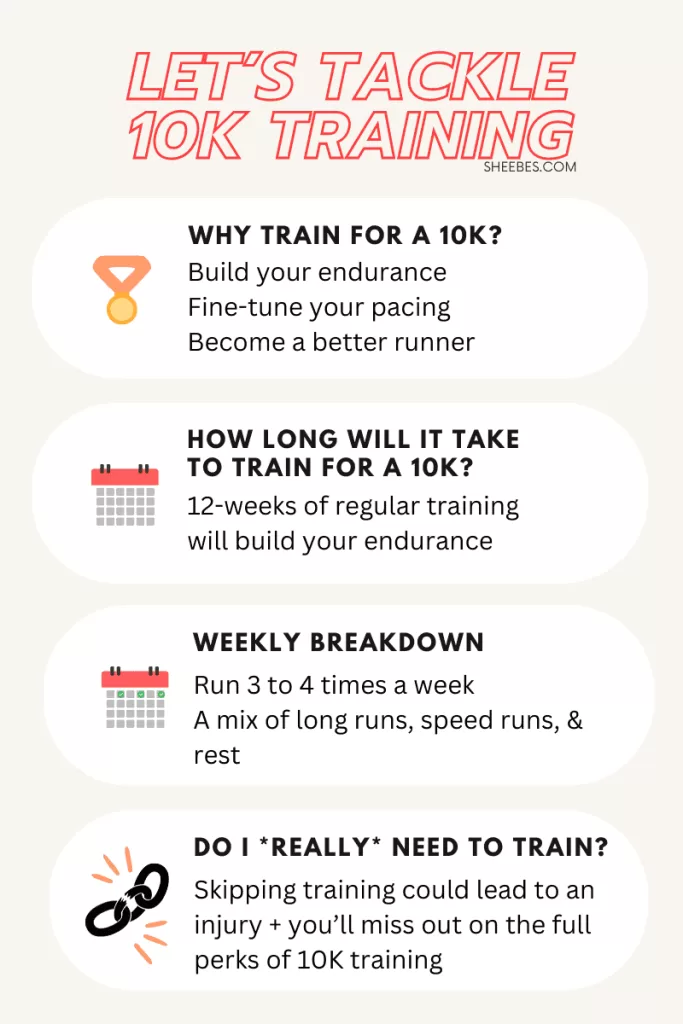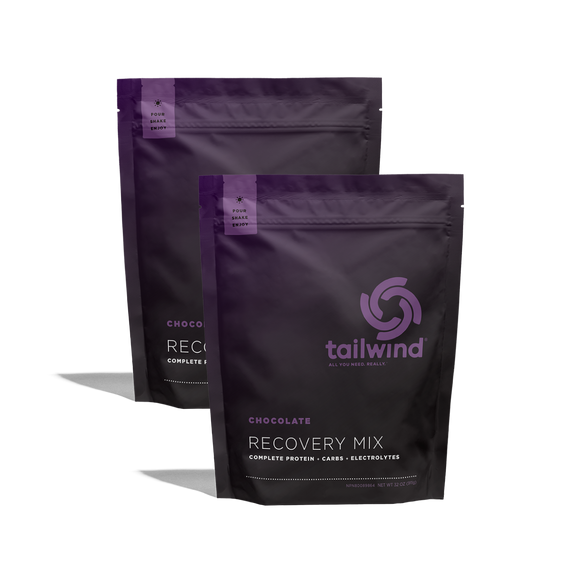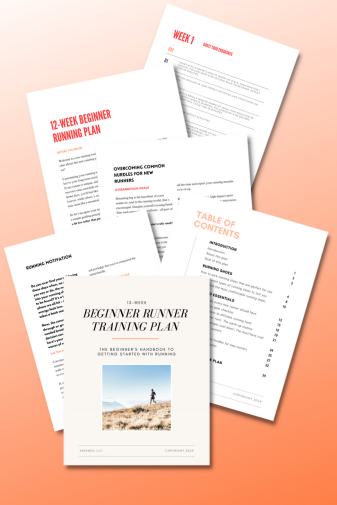So you’ve checked that 5K box and are ready for a new challenge—running a 10K.
Here’s the scoop: a 10K isn’t just twice the distance—it’s a test of your endurance that demands a bit more training.
Wondering how much you need to run each week? Curious about how to gradually increase your distance? Not sure what paces to stick to?
We’ll answer those questions and more right here in this post about 10K training for beginners.
Ready to dive in? Let’s get started.

Whether you’re a runner looking for running tips or a cyclist searching for cycling advice, this site is here to help you elevate your fitness game.
Your Ultimate Guide to 10K Training for Beginners

Do you need to train for a 10k?
Absolutely! Newbies take note: 10K training is *the key* to an awesome race.
So what are the perks for newbies? Here’s the deal:
Bottom line? You’ll be stepping up your running game in no time.
Are you excited to tackle a 10K? I’ve got the perfect starting point for you!
My 12-week Beginner Runner Training Plan is designed to lay the groundwork for the 10K. This plan ($15) will take you from the first steps to running non-stop for 30 minutes, prepping you for your 10K goals.
➡️ Snag it now for $15!
Why skipping out on 10K training could hold you back

Running all 6.2 miles might feel like a struggle and you could end up slowing to a walk, zapping the fun out of race day.
Skipping training is like building a house on a shaky foundation—things might seem okay at first, but they’re more likely to collapse when put to the test.
Without training, your body isn’t prepped for the repetitive impact of running.
Those weeks you invest in training strengthen your muscles, tendons, and ligaments, making you more resilient and ready for race day. Speaking of race day, if you’re looking to plan ahead, check out my 10K race day tips.
So do you need to train for a 10K? Yes, skip that 10K training, and you’re setting yourself up for potential injuries and missing out on the full benefits of 10K prep.
How long does it take to train for a 10K?
Here’s the deal—I want you to be ready to give your 10K your best shot AND sidestep an injury so a 12-week 10K training plan is your best bet.
It’s enough time to build confidence and endurance without feeling rushed.
Let’s break down what your week would look like
You’ll:
Now a few more tips to keep in mind when you’re training for your 10K
Getting out the door regularly is your secret weapon
Remember: building endurance takes time; it doesn’t happen overnight.
But every time you lace up your running shoe to head out for a run? That’s progress because each run builds on the last, helping to strengthen your muscles, tendons, and ligaments.
Over time, you’ll find yourself becoming a stronger, fitter runner.
Eat + drink

You’ll need a mix of carbs, proteins, and healthy fats as you’re prepping for a 10K.
Carbs fuel your runs—they give you a boost so you can run *all the miles*.
Think of protein as your muscles’ repair crew, helping them bounce back stronger after every run.
And healthy fats give you steady, long-lasting energy, perfect for those longer runs that test your endurance.
It’s always a good habit to sip water throughout the day, but be sure to have more before and after your runs.
Going long? An electrolyte drink or a recovery drink for runners is a smart move to replace any salt and minerals you’ve lost through sweat.
Affiliate Disclosure: I’m here to help you grow as a rider and runner. So to keep things running smoothly and the content free, I participate in the Amazon Services program and select affiliate networks. So, when you click on those affiliate links, I earn a small commission at no extra cost to you.

Tailwind Recovery Mix
Revitalize your post-workout recovery with Tailwind’s Recovery Mix – a delicious and hassle-free solution to kickstart your recovery process right after a ride or run.
Stay in touch with how you’re feeling
After a run, it’s normal to feel like you just ran.
Some tiredness and soreness are part of the deal. But if you’re unusually tired or sore, take it easy the next time. Your body might need a bit more time to recover.
If you have sharp pain that gets worse as you run, stop and take a break. Pain is telling you something’s off, so pushing through it isn’t the best approach.
And finally, it’s always okay to take walk breaks if you need them. A combo of walking and running as a new runner is perfectly okay as you build your endurance—there’s no shame in it!

Ready to step up your running game?
My 12-week Beginner Runner Training Plan is designed to lay the groundwork for the 10K. This plan ($15) will take you from the first steps to running non-stop for 30 minutes, prepping you for your 10K goals.